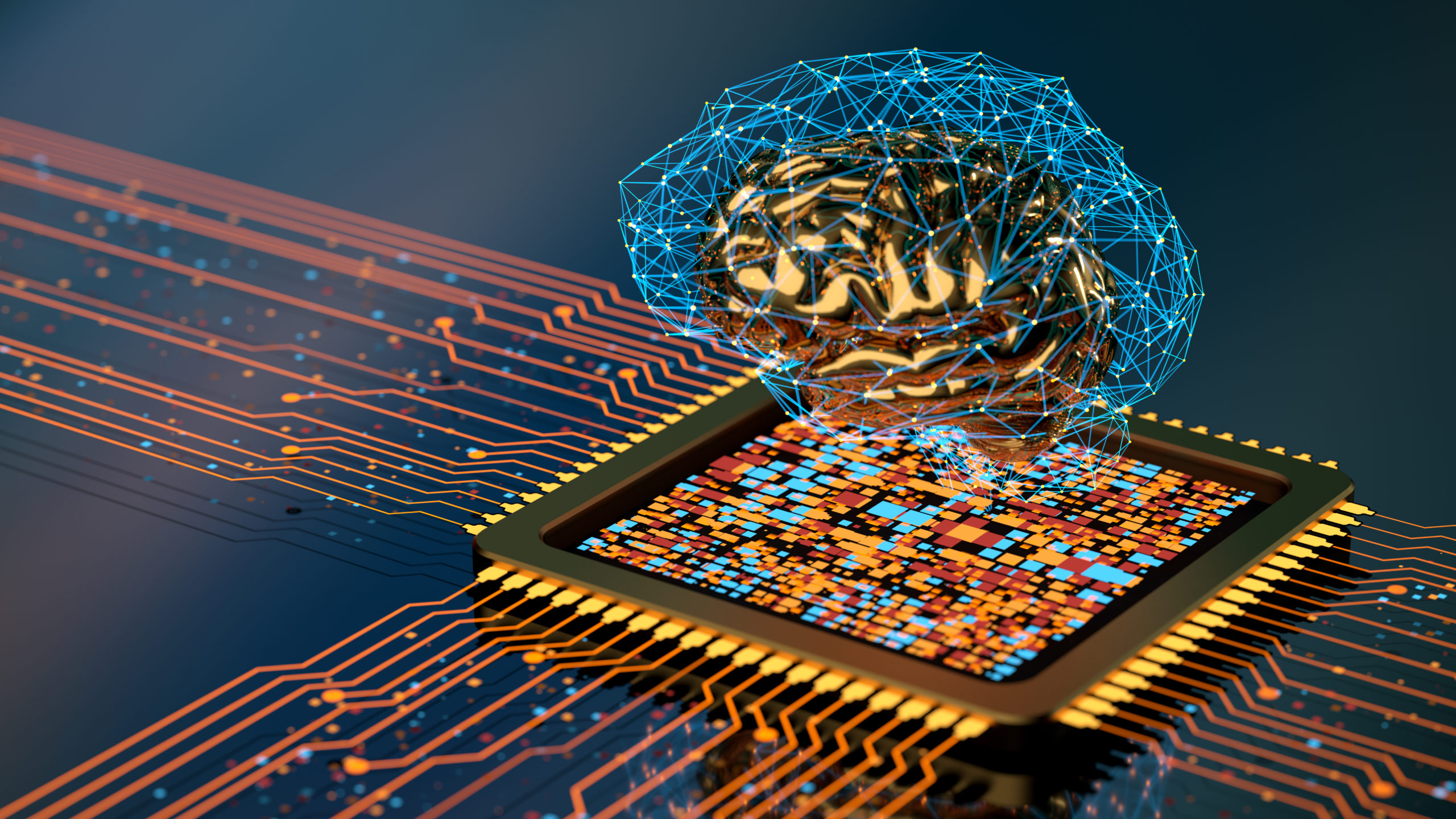Machine learning is the process of teaching a computer to do things that normally require human intelligence, such as recognizing patterns in data. It’s a very powerful tool that can be used in a variety of industries, such as marketing and finance. In this blog post, we will explore what machine learning is and how it works. We will also give an overview of popular algorithms and discuss their use in data science. Finally, we’ll offer tips to start with machine learning.
What is Machine Learning?
Machine learning is a data science discipline that helps computers learn from data, analyze and predict outcomes, and act on those predictions. By training a computer on labeled data sets (often petabytes of data), it learns to identify data patterns. Once trained on this labeled data, the machine learning algorithm can predict outcomes for unlabeled data sets.
Types of Machine Learning Algorithms
There are many different types of machine learning algorithms, each with its own strengths and weaknesses. Some of the most common types of algorithms are support vector machines (SVMs), linear regression models, neural networks, and Bayesian statistical models.
Support vector machines are a type of machine learning algorithm that use linear regressions to learn how to predict outcomes. The first step in using a SVM is to create a training dataset containing data points that represent known outcomes. Next, the SVM algorithm is used to find groups of similar data points and build prediction models based on those groups. This process is repeated until the SVM can correctly predict all test data points.
Linear regression is a type of machine learning algorithm that uses mathematical equations to predict outcomes. The first step in using a linear regression model is to create a training dataset containing data points that represent known outcomes. Next, we fit the prediction equation for each data point using least squares optimization. With this model, we can predict outcomes for new data points using the established equation.
Neural networks are a type of machine learning algorithm that consist of interconnected nodes called neurons. Each neuron can either produce an output or receive input from other neurons. You train neural networks by giving them vast amounts of labeled data, allowing them to detect patterns. After recognizing these patterns, they can predict outcomes for new data sets.
The Benefits of Machine Learning
Machine learning, a subset of artificial intelligence, enables computers to learn from data without explicit programming. This enables the computer to improve its performance when dealing with complex datasets, making it an essential tool in data science.
One of the key benefits of machine learning is that it can help you remove bias from your data. By automatically detecting and removing bias, you can ensure that your results are accurate and unbiased.
Machine learning also has a number of other benefits, including:
- It can help you find patterns in your data
- It can automate complex tasks
- It can make your data analysis faster
How to Start Using Machine Learning in Your Data Science Projects?
In data science, machine learning is a subset of artificial intelligence that helps analysts identify patterns and insights in data. With the help of machine learning algorithms, data scientists can develop predictive models to better understand customer behavior or product performance.
To start with machine learning, you need a quality dataset, a solid grasp of Bayesian inference, and knowledge of supervised/unsupervised learning techniques. Once you have your dataset set up, it’s time to start training your algorithms. In order to do this, you need to specify the relevant features and parameters of your model. Once you’ve trained the model, you can make predictions on new data sets.
Overall, machine learning is an extremely powerful tool for data scientists. With the right datasets and algorithms, it can help you uncover insights that wouldn’t otherwise be possible. If you’re eager to dive into this field, start here!
Conclusion
In this article, we have briefly outlined what machine learning is and discussed some of the key concepts. We have also given you an overview of how to get started with machine learning, including tips on data preparation and preprocessing. Finally, we have explained what classifiers are and shown you how to build a simple classification model using scikit-learn. I hope this article helped you grasp machine learning theory and provided practical tips to begin using this potent data science tool.





